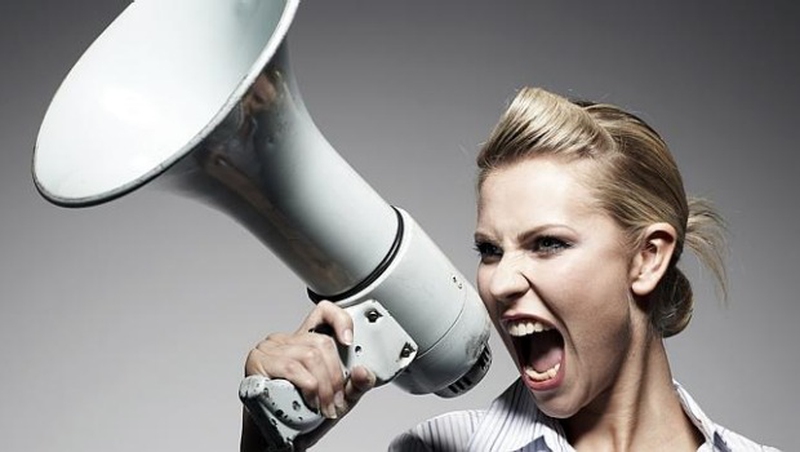Non-verbal communication is a critical part of any communication. We use it online, in text messaging and in daily interaction. It is said that actions speak louder than words. People can easily misunderstand you when you communicate without words. It is important to learn and understand different modes of nonverbal communication. This article highlights the most important attributes to help you communicate effectively.
Nonverbal Communication Types and How to Interpret Them
Signals
When people interact, they express themselves through signs and signals. You should be keen on body language, facial expressions, tone of voice and eye contact. These are crucial links to what somebody is trying to say. The only way to respond to them is by understanding their intention before they speak. The unspoken word will tell you if someone is pretending to be happy or if they are genuine. If you are an artist, you will understand your impact on an audience by looking at their reaction. This will help you improve on your weak points.
Look For Unexpected Reaction
In order to be an effective communicator, you need to be very observant. Pay attention to any unexpected types of nonverbal communication. They will tell you a lot about your impact on people. If you are really keen, you will notice the change in facial expressions, sudden movement, or utterances. From the reaction, you can detect the attitude, feelings and reception of the person. Sometimes people pretend to like your opinion when they actually detest it. Listen to your intuition and keep an eye on your audience for any unexpected reaction.
Tone of Voice
You can get a hint of someone’s counteraction from the tone of voice. It is hard to fake a happy voice when you are sad. Try looking at yourself in the mirror and frown then say” I am happy!”. The voice does not match your words because it stresses your inner thoughts. Perhaps your plan to impress has backfired at one point in your life. This happens because your intonation conflicts with your words. Learn to listen to the tone, pitch and the pace used. It always echoes the accurate sentiments.
Eyes Speak Volumes
Lawyers use eye contact to intimidate opponents in court. By doing this, they can catch someone off guard and get them to reveal unexpected information. You need to use clever eye contact to read more than what the words say. A stare may not work sometimes because it is intimidating. Effective eye contact is in intervals. It is useful in public speaking and daily communication. The more you practice, the better you become at using it.
Facial Expression
The face has many types of nonverbal communication. Common digital communication symbols are characterized by facial expressions. We use emojis to describe feelings, status or reactions. Your face is made up of the eyes, and face muscles to depict your inner feelings. How do you know if tears are of happiness or sadness? Your face muscles tell it all. Research shows that regular smiling reduces the appearance of wrinkles. You can read joy, laughter, sadness, surprise, doubt and other emotions from facial expressions.
Body Language
The body movements describe your state of mind. Often interviewers read the body language to detect if the candidate is confident, nervous or lying. The inner feelings communicate ideas to your body making you to do and say things. This includes shaking your head when in agreement, drifting your eyes away when you lose concentration and showing a handshake in greeting. Moving your hand in different directions communicates your point. Whenever you find yourself dancing to music that you enjoy, it is body language saying you like it.
Posture
The position of your body speaks volumes about your attitude towards something. Actors and public figures undergo training on proper posture for a good image. In order to develop a good posture, it is advisable to exercise regularly. If you sit with your legs crossed, it suggests that you are comfortable with the situation. However, speaking with your arms crossed shows that you are not open minded. If you want to show confidence, stand in an upright posture with your back straightened and face looking up.
Physiological Effects on The Body
The mind often sends commands to your body making it to react in a certain way. When detectives or the police interrogate a suspect, some of the tale signs of guilt include sweating, fidgeting with fingers and blinking. You will notice certain reactions in children when they are uncomfortable. A baby will cry when wet, jump up when excited and so forth. If you are close to someone, it is easy to tell when they need something because you notice their reactions.
Gestures
Gestures are types of nonverbal communication used to send specific signals. Universal gestures such a handshake are a sign of friendship. When in danger, people wave their hands to signal for help. You can make gestures with your face, hands and movements. You can make gestures for someone to approach or move away from you. People with physical disabilities use gestures such as nodding the head to say yes or no. Theatre performances use gestures in acting and dancing activities.
Appearance
Physical appearance is one of the most ignored modes of nonverbal communication. A wealthy person can easily be mistaken to be poor just by their look. People groom themselves to portray a certain image. This often says something about their personality. In modern communication, image is important. People share photos of how they feel on Instagram and social media. The idea is to send a message about your preferences or status. Appearance can represent the real you or an act of you. You do not have to say you are sick for people to believe you, just take a photo looking sickly and watch how many people will react to your post online.





View All Comments /Add Comment